Book Review - Arthur Conan Doyle's A Study in Scarlet
 A Study in Scarlet by Arthur Conan Doyle
A Study in Scarlet by Arthur Conan Doyle
Published by: Book-of-the-Month Club
Publication Date: 1887
Format: Hardcover, 131 Pages
Rating: ★★★★
To Buy (different edition than one reviewed)
Doctor John Watson has been invalided out of the army and is looking for a place to call home. He runs into an old colleague, Stamford, who says that he knows someone else who is looking for a roommate, having found the perfect place at 221B Baker Street. He warns Watson that Sherlock Holmes is a little odd. Watson readily agrees to room with this intriguing man, who knows so much about certain sciences, yet doesn't know the earth goes around the sun. One day over breakfast Watson reads an incredulous article in the paper about the science of deduction and thinks it is pure bunkum. Holmes is a little miffed, he wrote the article after all and decides to prove the truth of it by having Watson tag along when he leaves the house on one of his mysterious errands. It turns out that Holmes is the world's only consulting detective and he has been summoned to a crime scene by Scotland Yard. There lies the body of Enoch Drebber. Dead but without a mark on him. Written on the wall in blood is the world "rache." A close examination of the crime scene, a visit to the officer who was first on the scene, a few telegrams later, and Holmes knows who the killer is. Not only that, he is able to produce the killer in the sitting room of 221B Baker Street for the police officers. The explanation as to how he came to his conclusion is a much longer story and involves love, marriage, and Mormons.
Despite watching so many adaptations of the Sherlock Holmes stories, other then possibly reading The Hound of the Baskervilles in grade school, I had never picked up any of Arthur Conan Doyle's books to read. So quite a few years back now I picked up A Study in Scarlet and I couldn't actually believe that this was how the greatest consulting detective of all time started out. Firstly, I was bored. But more importantly it seems more like a treatise against Mormonism than anything else. I mean, in all seriousness, what was Arthur Conan Doyle's issue with the Mormons? Because there isn't just dislike, there is hate emanating out of these pages. Fiery, burn in the hottest circles of hell hate. I couldn't really get past the fact that so little of the book was the actual mystery and so much of the book was a rallying cry against religion that I quite quickly decided to not read any further in the Sherlockian oeuvre until I could rectify my expectations with reality. So, obviously that took a few years, and my newish addiction to Sherlock coupled with the dearth of new episodes made me realize that perhaps the time had come to read all the Sherlock Holmes books. All of them! At least I was prepared for A Study in Scarlet this time around, so there wasn't going to be any surprises. Or so I thought. I was actually surprised that I really liked it.
This second reading of the book produced an unexpected enjoyment and it is all down to Sherlock and Benedict Cumberbatch. I literally can not count the number of times I have watched the nine episodes that currently exist in this series, but that first season, and that pilot episode are easily the ones I have watched the most. From what I remember of all the stories Conan Doyle had written, this modern retelling is a loose interpretation. They pick out details here and there and spin them into something new and exciting. Having forgotten everything in A Study in Scarlet, minus the Mormon hate, I was pleasantly surprised at how much of the original story was actually incorporated into "A Study in Pink." The reinterpretation of the source material made me appreciate it more. The adaptation had streamlined the story into a more taught narrative, yet at the same time it helped me understand the original more. Plus, the little reversals are extra funny. Holmes pointing out "rache" as the German for revenge in the original story, while in the TV episode he smacks down Anderson for the deduction as simplistic. Though it was the cabbie as killer combined with the two pills, one that was deadly, that made me shiver. Oh Gatiss and Moffat, sometimes you really piss me off, and other times, man, you nail it. Also, thank you for not testing the pills on a dog and killing it. I think that is where Conan Doyle went a little too far.
Yet just because I enjoyed A Study in Scarlet more this time around does not mean I was blind to it's flaws. The main flaw is that the mystery is written in such a way that you as the reader can not solve it. Part of the fun of mysteries is seeing if you can follow the clues and the red herrings and come to the same deduction as the detective, and perhaps beat him or her to the punch. The way the story is set up Holmes figures it all out and arrests the culprit. Then there's the long and hateful flashback to America and the Mormons, in which Conan Doyle proves his ignorance, mainly about American geography, I can't speak to the Mormon part, and then everything is handed to us on a plate as a fait accompli. I don't like this kind of storytelling. On a re-read it isn't so bad because you already know who the killer is, but on a first read it just angers me. The god like pretension of an author to think that they can change storytelling convention to appear more intelligent by being the only ones who could solve this crime. Of course you're the only one who could solve it, you wrote it so the reader wouldn't know! And this is why I hate Josephine Tey. She is noted for her interesting and modern narrative structure, otherwise called bullshit by me. Her book The Man in the Queue was one of the worst books I've read, and guess what, you're lack of adhering to conventions wasn't original, here is Conan Doyle doing it forty-two years earlier!
What I still find interesting is that when I first read this book the youth of Holmes and Watson struck me. Over time you get this fixed idea of what they look like, the staid middle aged Victorian gentleman. But this isn't the case at all! Given the supposed date of Holmes's birth and the date of the events in this story, Sherlock would only be twenty-seven years old! I mean, I know you were viewed older sooner then, what with younger mortality rates, but still, twenty-seven is damn young! While I'm not going to bother looking up all the ages of the copious actors who have played Holmes over the years, one thing can be deduced readily, and that they are never as young as he is in his first adventure. While most cases can be put down to the fact that for a series you need an actor who can play Holmes at a variety of ages, so casting older helps. But still, I wonder if it's just psychological. That we, as the audience, wouldn't take such a young man seriously. That he would have the gravity that is expected of Holmes. I of course call foul, if just for my undying love of the Young Sherlock Holmes. But on the whole, Holmes is played as the audience expects him to be. I bet if you asked the random Sherlockian Holmes's age in the first adventure, they'd place him in his mid to late forties. And they would be oh so wrong.
A point of interest that brings about much contemplation to me is that this story, which contained a murder whose like was never seen prior, was serialized exactly one year prior, and published in book form the same year as the first Jack the Ripper killings, in particular the canonical five. In fact, Jack the Ripper is often fused with multiple genres, Sherlock Holmes being one of them. I wonder, did A Study in Scarlet inspire a man prone to killing to commit a crime the likes of which had never been seen? It's almost as if Conan Doyle was egging someone on to take up the challenge Holmes laid at the feet of his culprit. Or was Conan Doyle that in touch with the changing times that he knew this violence, these types of horrific acts of murder, were the future of crime and he caught the spirit of these times in his stories? Because both Jack the Ripper and Sherlock Holmes fascinate us to this day. Did one influence the other in any way or was it just the society of that time? Yes, I might be a bit of a ripperologist, but I had never really thought about the confluence of these two very famous Victorians. It is no wonder that people have been creating mashups... it's something to really get those little grey cells working, as another famous detective would say.

























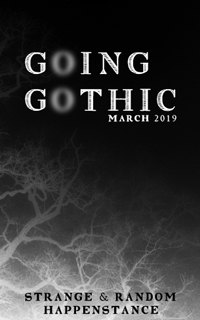
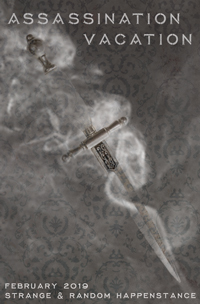
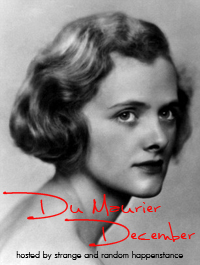
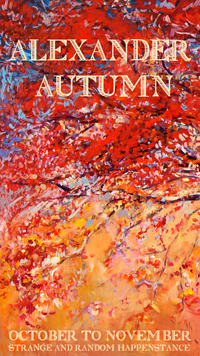





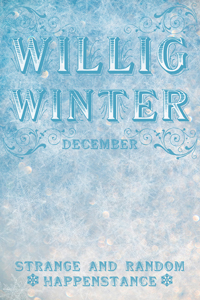

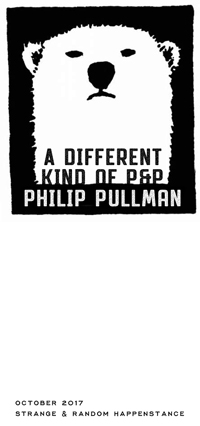


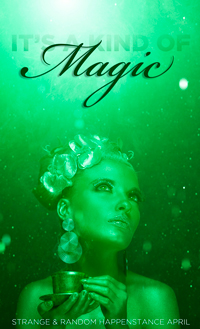
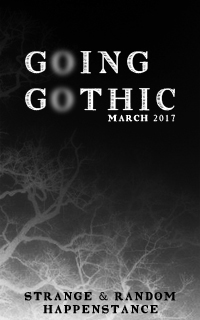

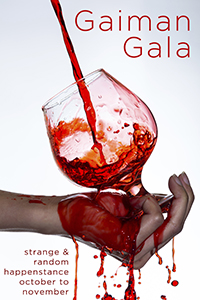
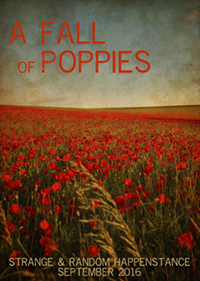



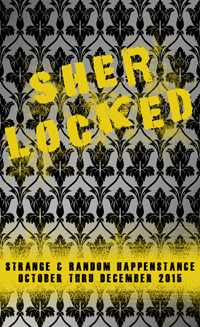




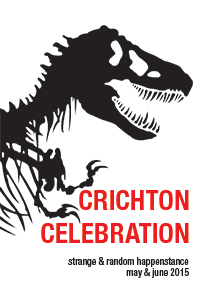


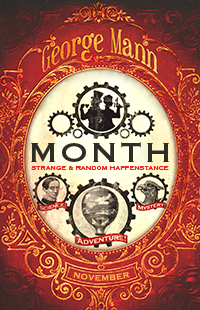


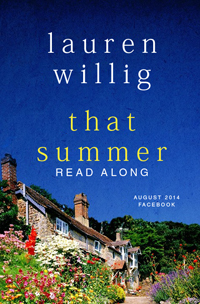



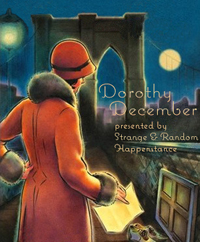






















Post a Comment